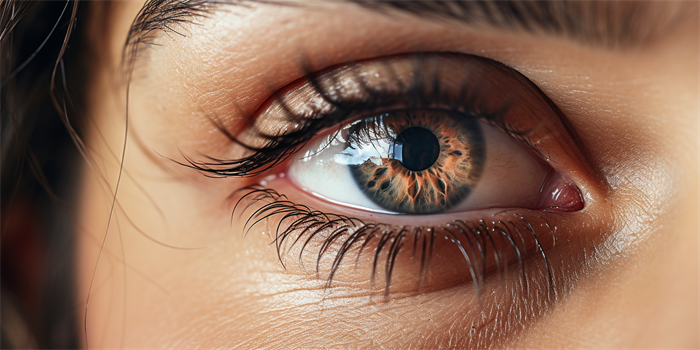Are There Any Risks for Microblading in Papua New Guinea?
Microblading, a popular cosmetic procedure for enhancing eyebrows, has gained significant attention worldwide. However, like any medical or cosmetic procedure, it carries potential risks and complications. In Papua New Guinea, where healthcare standards and practices may differ from more developed countries, it is crucial to understand these risks to make informed decisions about undergoing microblading.

Infection and Hygiene Standards
One of the primary concerns with microblading is the risk of infection. In Papua New Guinea, the availability and quality of medical-grade sterilization equipment and practices can vary. It is essential for practitioners to adhere to strict hygiene standards to minimize the risk of bacterial or fungal infections. Clients should inquire about the sterilization methods used by the salon and ensure that disposable tools are indeed single-use to avoid cross-contamination.
Allergic Reactions to Pigments
Another significant risk associated with microblading is allergic reactions to the pigments used. In Papua New Guinea, the range and quality of pigments available might not be as extensive or regulated as in other countries. Clients with sensitive skin or known allergies should be particularly cautious. It is advisable to undergo a patch test before the procedure to check for any adverse reactions to the pigments.
Skill and Training of Practitioners
The skill and training of the practitioner performing the microblading procedure are critical. In Papua New Guinea, the level of training and certification standards for cosmetic practitioners may not be as stringent as in other regions. Clients should ensure that their practitioner is adequately trained and certified, with a portfolio of previous work to assess their skill level. Inexperienced or poorly trained practitioners can lead to uneven, unnatural-looking eyebrows or even more severe complications.
Aftercare and Healing Process
Proper aftercare is essential to ensure the success of the microblading procedure. In Papua New Guinea, the availability of specific aftercare products and guidance might be limited. Clients should receive clear instructions from their practitioner on how to care for their eyebrows post-procedure. This includes avoiding sun exposure, not picking at scabs, and using recommended ointments to prevent infection and promote healing.
Regulatory Oversight and Consumer Protection
Regulatory oversight is another aspect to consider. In some regions of Papua New Guinea, there may be limited regulatory bodies overseeing cosmetic procedures like microblading. This can lead to a lack of standardized practices and consumer protection. Clients should research and choose salons that are registered and comply with any local health and safety regulations.
FAQ
Q: How can I ensure the safety of microblading in Papua New Guinea?
A: To ensure safety, choose a salon with good reviews, inquire about their sterilization methods, ensure the practitioner is well-trained and certified, and follow all aftercare instructions carefully.
Q: What should I do if I experience an allergic reaction after microblading?
A: If you experience redness, swelling, or other signs of an allergic reaction, seek medical attention immediately. Inform your practitioner about the reaction for further advice.
Q: Are there any long-term risks associated with microblading?
A: Long-term risks are generally minimal if the procedure is done correctly and with proper aftercare. However, fading and the need for touch-ups are common, and there is a slight risk of scarring if the skin is damaged during the procedure.
Understanding the potential risks and taking proactive steps to mitigate them can help ensure a safe and successful microblading experience in Papua New Guinea. Always prioritize your health and well-being by making informed choices and seeking professional guidance.




